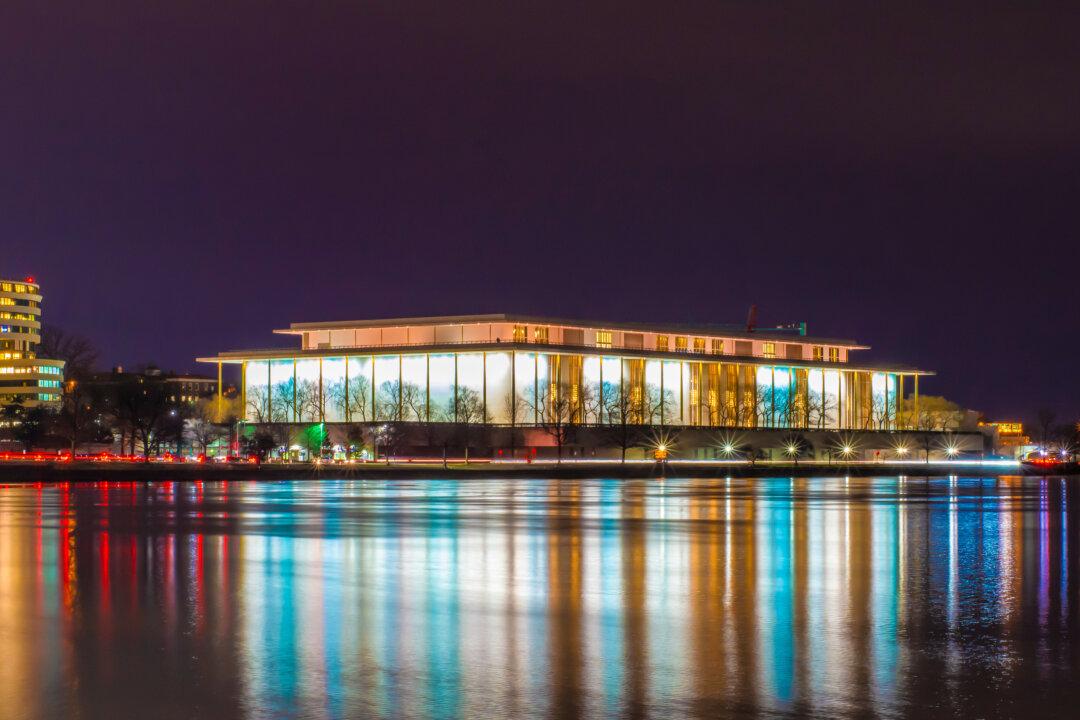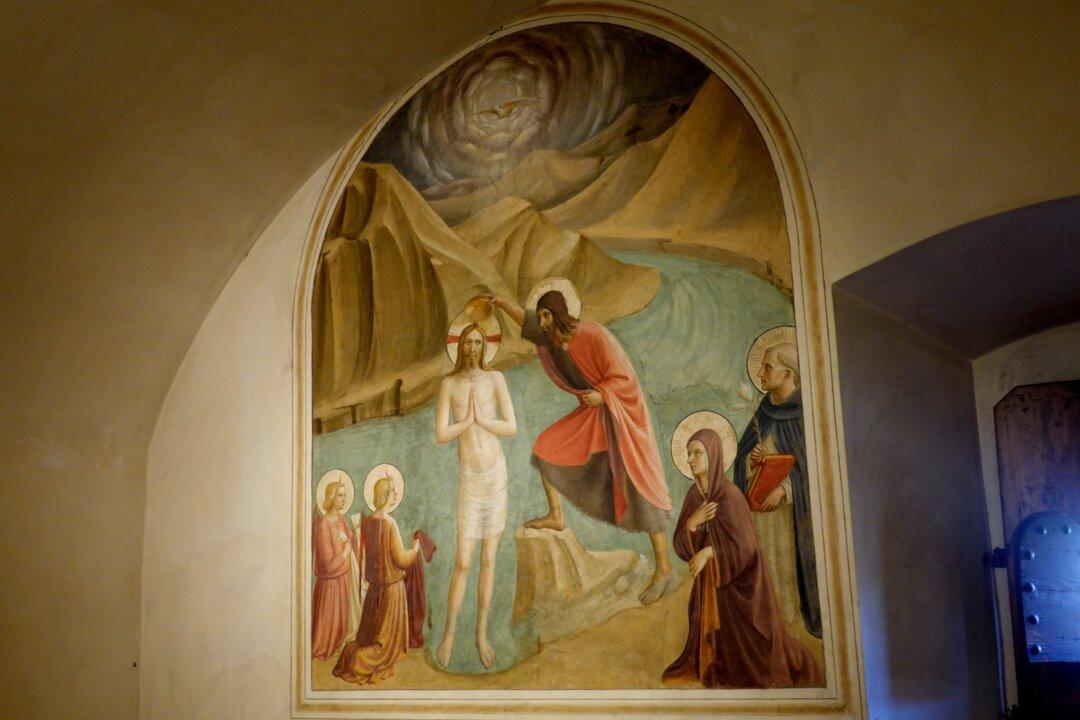The enigmatic, nameless woman has long been a fascination of the collective consciousness. In the ancient world, the female figure embodied various virtues and domains of art, leading to recognizable personifications like the Five Senses, Liberty, the Four Seasons, and Victory.
In Peter Paul Rubens’s famous cycle of paintings documenting Marie de’ Medici’s life, the painter drew on Christian symbols and the Greco-Roman pantheon to glorify the queen. His allegorical and mythological figures meld with historical scenes to portray the queen of France in many virtuous roles, naturally linked to the transcendence of the divine order and the best of classical culture.






